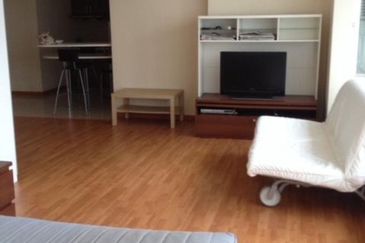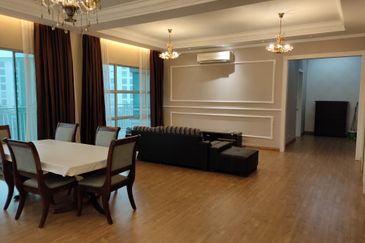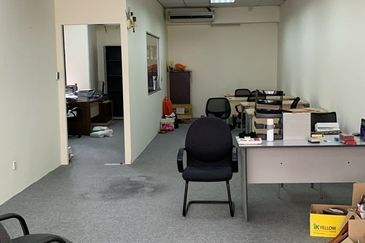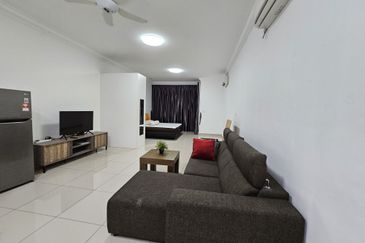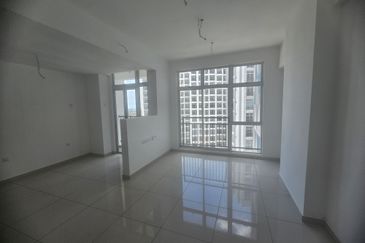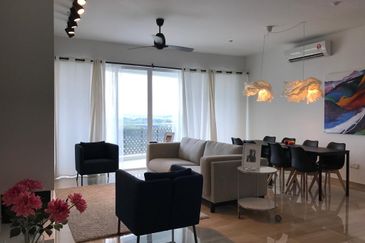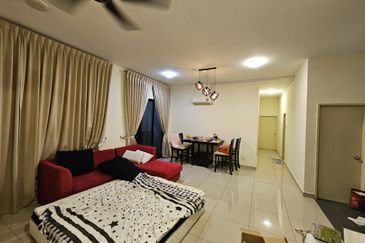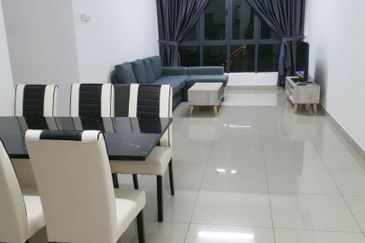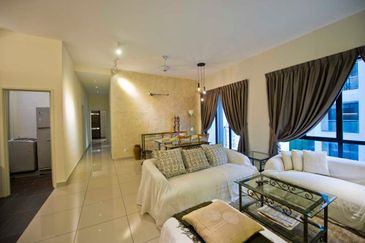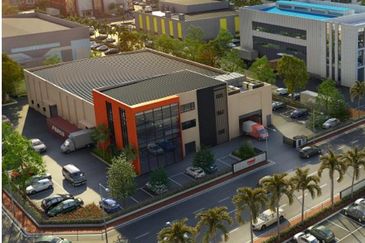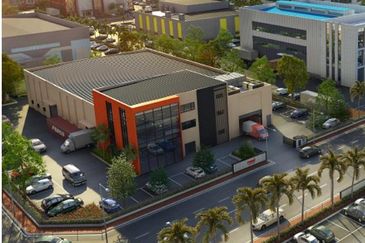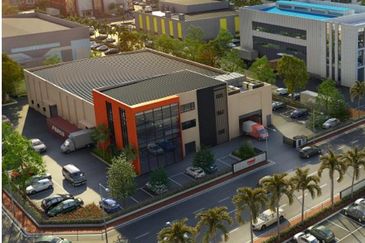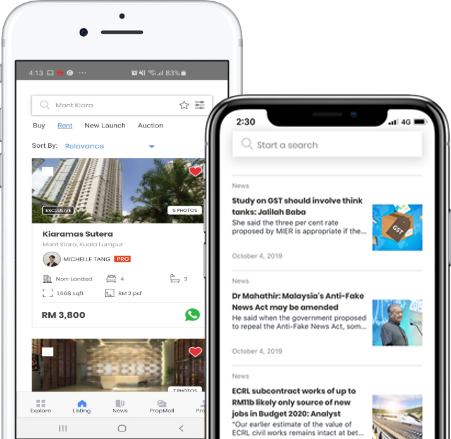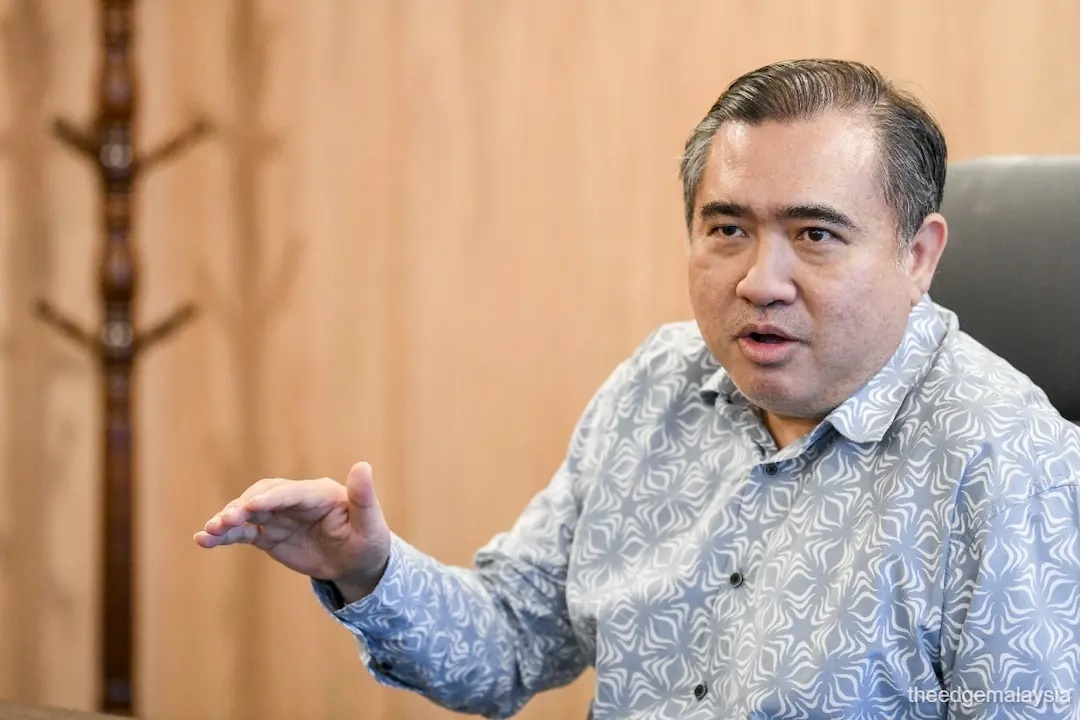
- Transport Minister Anthony Loke: Implementing this (installation of barriers at older stations) would require significant expenditure because it involves redesigning all these rail stations, and it would also take a considerable amount of time.
KUALA LUMPUR (Aug 7): The absence of platform barriers at Light Rail Transit (LRT) stations has been identified as one of the contributing factors to incidents involving passengers, particularly persons with disabilities (PwDs).
Transport Minister Anthony Loke Siew Fook (pictured) said earlier-generation rail stations, especially LRT stations, were designed without physical barriers between platforms and trains, unlike newer facilities such as Mass Rapid Transit (MRT) stations, which are fully equipped with safety systems.
“So, Prasarana is now looking into proposals to instal [barriers] between the platform and the tracks. Although it may not be possible to close the entire gap completely, we aim to minimise it by placing a barrier between the platform and the tracks.
“Implementing this (installation of barriers at older stations) would require significant expenditure because it involves redesigning all these rail stations, and it would also take a considerable amount of time,” he said during a question-and-answer session in the Dewan Rakyat on Thursday.
He was responding to a supplementary question from Khairil Nizam Khirudin (Perikatan Nasional-Jerantut), who asked about the main weaknesses identified following the tragic death of a visually impaired man who fell and was run over by a train at the Wangsa Maju LRT Station in February.
Loke said that, for now, auxiliary police personnel had been stationed at the affected stations and are trained to be more alert and sensitive to the needs of the PwD community to prevent such incidents from recurring.
He said the government remains committed to improving accessibility and inclusiveness within the public transportation system, including upgrading PwD-friendly facilities, which is currently underway, and installing lifts at older and rural Keretapi Tanah Melayu (KTM) stations.
“Rail service operators also continuously provide training to their frontline staff to assist and facilitate the needs of PwD passengers. This is to ensure that appropriate assistance is delivered professionally, empathetically, and efficiently,” he said.
He was replying to the original question from Syerleena Abdul Rashid (Pakatan Harapan-Bukit Bendera), who inquired about ongoing efforts to improve accessibility for PwD users in utilising public transport.
Does Malaysia have what it takes to become a Blue Zone, marked by health and longevity? Download a copy of EdgeProp’s Blueprint for Wellness to check out townships that are paving the path towards that.
TOP PICKS BY EDGEPROP
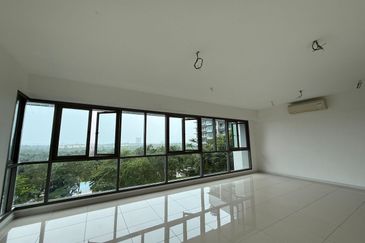
Iskandar Residences Medini
Iskandar Puteri (Nusajaya), Johor
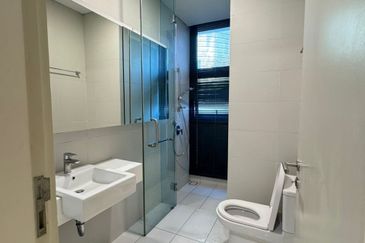
Vogue Suites 1 @ KL Eco City
Bangsar, Kuala Lumpur
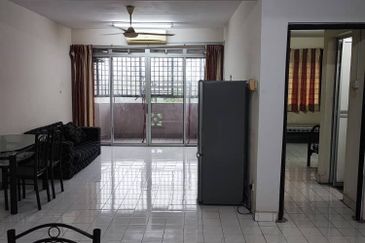
Apartment Tanjung Puteri Resort
Pasir Gudang, Johor

Taman Industri Meranti Jaya
Puchong, Selangor


